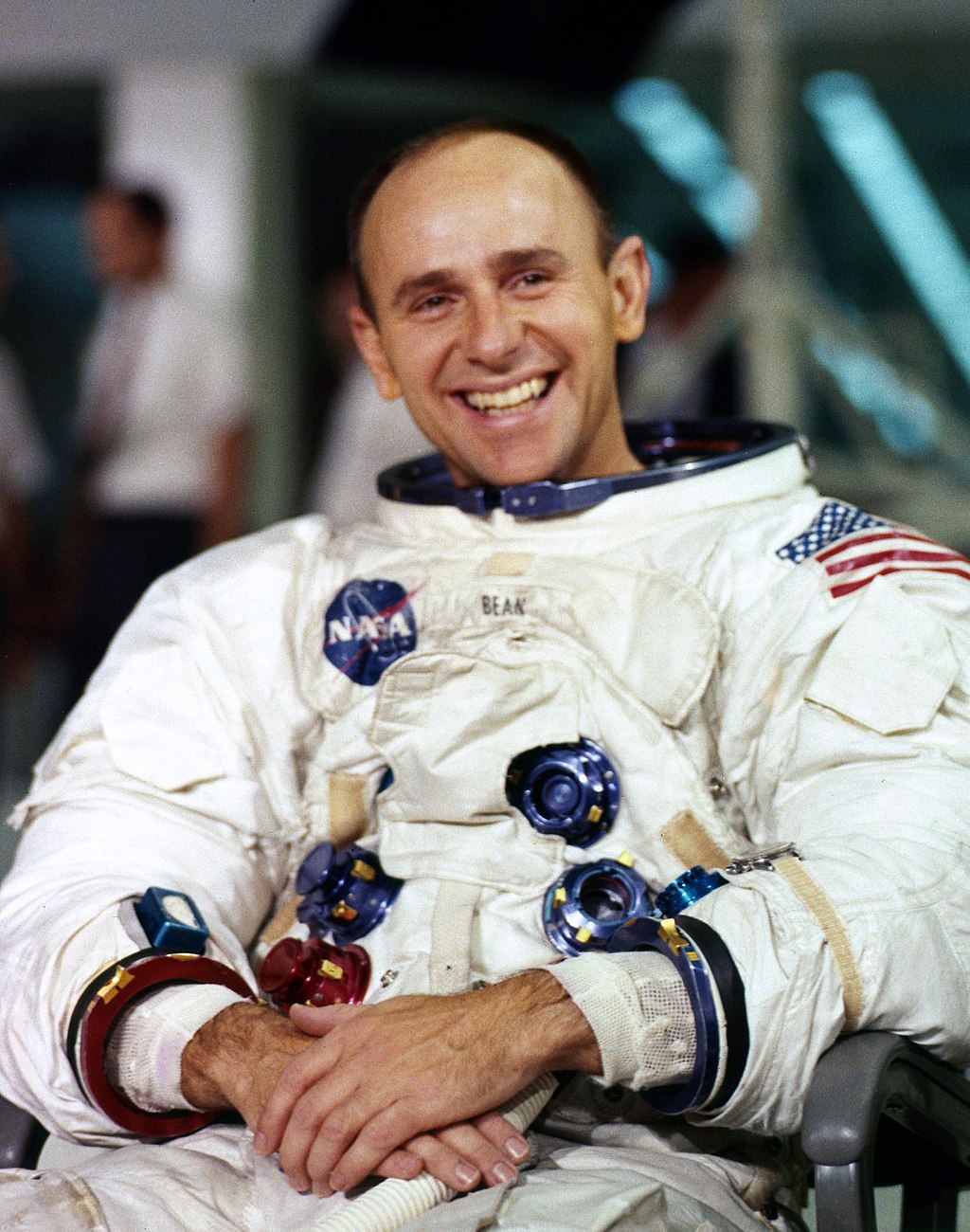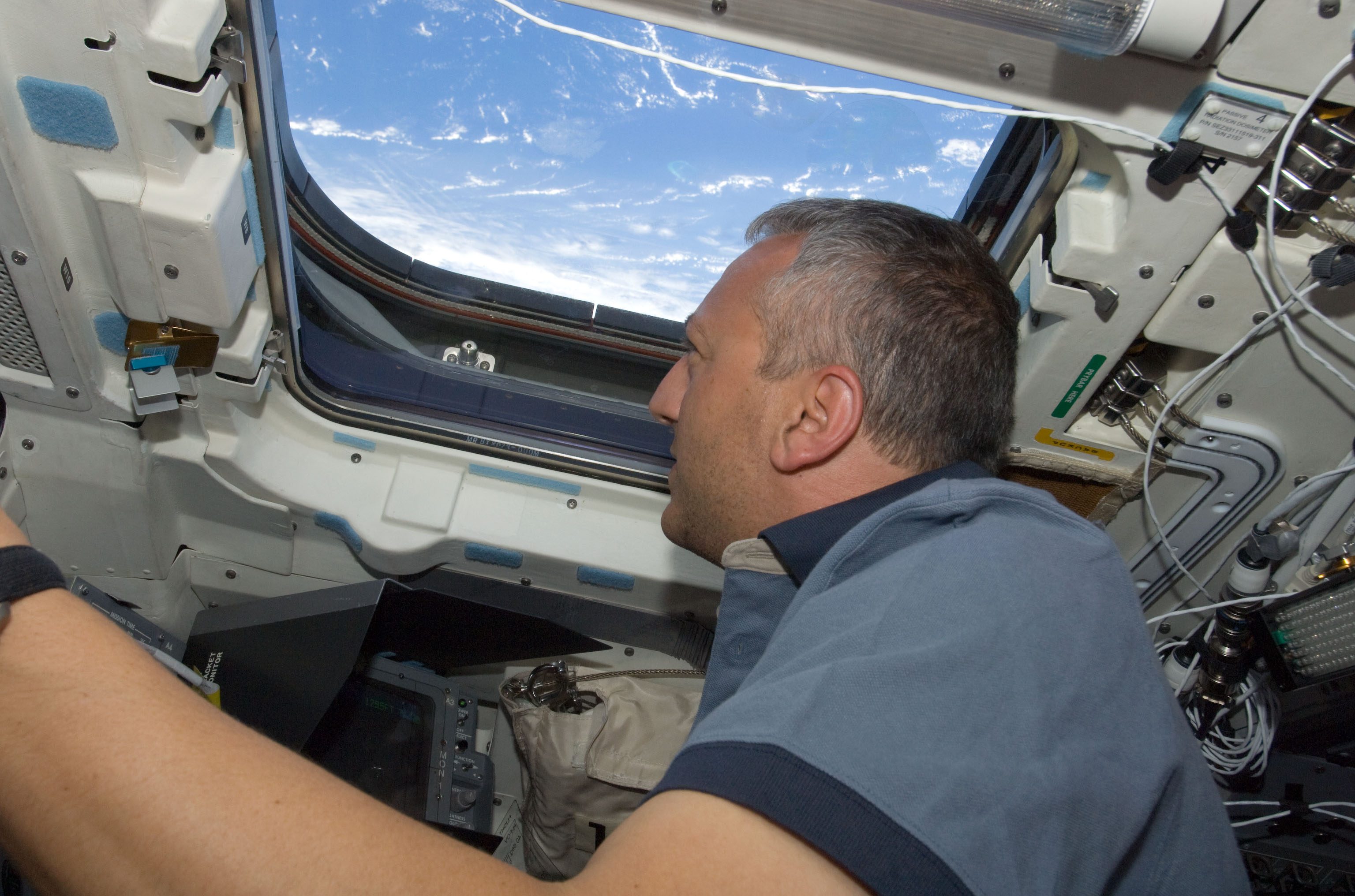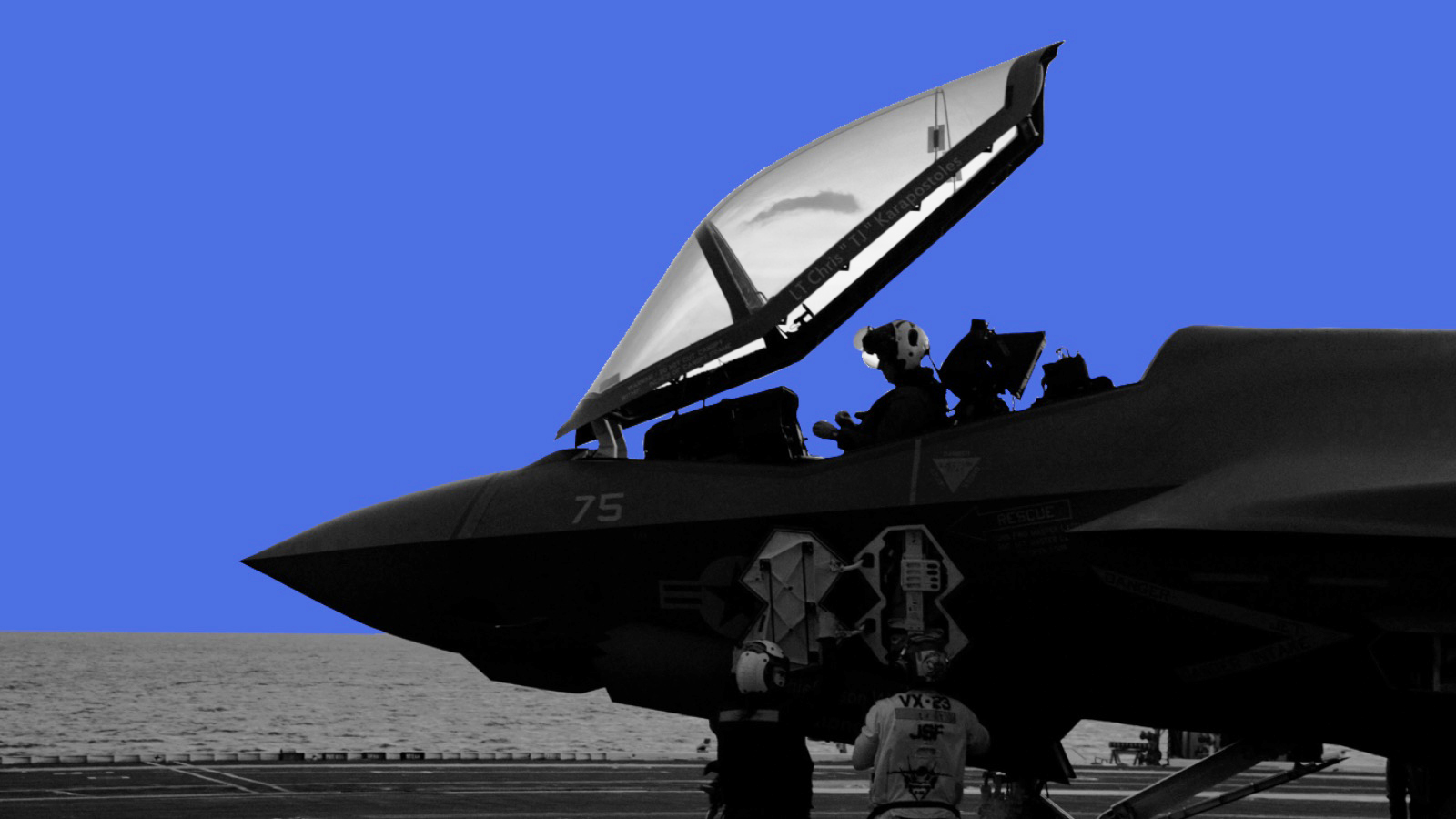Dare and care: An astronaut’s guide to leadership

- Mike Massimino has led teams on missions into space and learned from some of history’s most accomplished space exploration leaders.
- Massimino says the first rule of leadership is to admire and care for everyone on your team.
- There are also many ways to buttress this first rule: building trust early, finding your leadership voice, and investing in the “bank of good thoughts.”
Mike Massimino has been many things: a NASA astronaut, a professor of engineering at Columbia University, a senior advisor at the Intrepid Museum, and a TV personality. He was even an early social media influencer, having sent the first tweet from space. But one thing Massimino was not? A natural-born leader.
By his own admission, he was always more comfortable as the co-captain. He enjoyed being the guy you could have a chin-wag with over drinks. He wanted to bring the team together and be their confidant when times get rough. Calling the shots? Being responsible for the mission? Leave that kind of stuff for the head honcho.
But that wasn’t an option at NASA. There, the natural progression is for people to take on more leadership responsibilities. For some, that will mean moving up to serve as the agency’s chief astronaut or its administrator. For others, it may mean leaving NASA to pursue leadership opportunities at an organization or through active duty. Even if someone’s career path didn’t culminate with a fancy title, they must still lead those coming up behind them so the next generation would be prepared for the challenges that may arise.
“You were expected to be a leader,” Massimino says.
Big Think recently sat down with Massimino to discuss the lessons he learned as he advanced from rookie to leader in the space program. During our conversation, Massimino shared many important lessons. Here are five every leader should take to heart:
1. Develop your leadership style
Massimino is an amiable guy by nature. He doesn’t like the idea of dominating others or yelling at them to toe the line. It’s one reason he initially gravitated to being second-in-command, the worry that leadership demanded a transformation into that alpha dog stereotype.
However, before his first space flight, he underwent several training experiences designed to help him develop his leadership skills. One of them was a cold-weather exercise at Cold Lake in Canada. As part of the training, every participant was assigned to be the leader for the day. Instructors with the Canadian army helped that day’s leader plan where the team would go and what they would do. The next day, the team had to execute the plan.
Now, this was no summer camp. In addition to the frigid cold, not every participant was a freshman astronaut like Massimino. Some were accomplished military leaders — Air Force colonels and Navy captains who were deft hands at leading teams through challenging situations.
Afterward, the participants discussed everyone’s performance and classified each other’s leadership style. Massimino was crowned a “relationship master.” He learned his style wasn’t about dominance or Machiavellian power struggles. He leads others through his empathy, positive influence, and keen ability to raise spirits during difficult times.
“What I learned was that you don’t necessarily have to be dying to get control: ‘I’m in charge here. Listen to me,’” Massimino tells Big Think. “You can be yourself and still be an effective leader. That was very helpful to me, and I think getting those experiences was good training.”
2. Care about everyone on your team
Alan Bean was the fourth person to walk on the Moon and a mentor to generations of astronauts. However, like Massimino, he wasn’t a natural-born leader. He had to grow into the role, and in Moonshot, Massimino shares an important lesson Bean taught him during his first year at NASA.
While preparing for the Apollo 12 flight, Bean had a serious problem with an engineer. The guy always spouted odd ideas, and when Bean voiced his concerns to his commander, Pete Conrad, he was told he didn’t know the first thing about leadership. Alan objected, presuming that the first rule of leadership is to stay focused on the mission.
Conrad corrected him: The first rule of leadership is to admire and care for everyone on your team.

It took a while, but Bean eventually saw the truth of Conrad’s advice. He got to know and care for that engineer. He came to respect those who could point out a fault in his plans and admire the people who conjured up odd, yet brilliant, solutions.
“If everyone thought the same way, we never would have landed a person on the moon,” Massimino says. “We never would have built a space station or the Hubble Space Telescope. None of those big problems can ever be solved if everyone thinks the same.”
In time, Bean added a corollary to the first rule: When you have problems with someone, don’t assume you don’t like them. Think instead, “I don’t know them well enough,” and then get to know them better. Today, Massimino adds, Bean is remembered as one of the greatest leaders to have worked in NASA’s Astronaut Office.
3. Invest in the “bank of good thoughts”
Massimino vowed to follow the first rule of leadership, but as a leader, he had to discover a way to merge it with his own style. He found that when he became the lead spacewalker on a mission to repair Hubble’s Space Telescope Imaging Spectrograph.
While he was honored to lead a fantastic team on such an important mission, there was one engineer who kept proposing off-beat ideas. Like Bean before him, Massimino was ready to write the guy off as a lost cause. Then he remembered Bean’s corollary and made a special effort to get to know the engineer and seek out his opinions.
Turns out, the engineer was a brilliant man who was as dedicated to repairing Hubble as Massimino. He just didn’t know how to communicate his ideas effectively. This experience led Massimino to add his own corollary to the first rule: the “bank of good thoughts.”
As he explains it, leaders should maintain an account of good thoughts about their team members. Why do you like this person? Which of their skills, talents, and personal traits bring value to the team? What do you have in common or find admirable about them? What can you learn from them?
Then when something goes wrong — they make a mistake, disagree with you, or present a frustrating shortcoming — don’t approach the situation with anger or annoyance. Instead, make a withdrawal and come to it with a sense of care and appreciation.
This strategy helped Massimino recognize the engineer’s value as a team member and good thing, too. One of his “off-beat” ideas turned out to be critical to the mission’s success.
“You can say a lot of good things about people and build up a lot of goodwill. But you say that one bad thing and that could ruin the whole situation, relationship, or team,” Massimino says. “Remember that there are people involved. Don’t neglect the human element of things.”

4. Build trust and communication norms early
Many leaders today are challenged with bringing a team together and communicating effectively when their people may be a world away. Massimino has experienced the same, only with the “world away” being more literal.
He’s had comms drop contact with mission control for periods of time. Spacewalkers have confused their support with a miscommunication or unclear word choice. And, of course, he’s experienced the challenge of understanding someone when those vital body language cues are missing.
To meet these challenges, he recommends leaders build trust and effective communication habits early and reinforce them often. Establish important communication nomenclature that removes ambiguity and delivers messages with speed and precision. Invest in activities that build trust and open relationships so people feel they can say what is necessary without reprisal. And establish all of this “while you are on the ground” rather than trying to patch it together during a critical moment.
“Even though we were communicating over such a distance, I felt like they were with us the whole time,” Massimino says. “I felt like the control center was there, and that’s because of the time we put into getting to know each other and working together. When you get separated, you’re still able to communicate and support each other.”

5. Lead with awe and gratitude
Even as a child, Massimino dreamed of going into space. He achieved that dream and helped other people achieve their dreams, too. He worked on important projects that advanced science and space exploration. He met amazing people from around the world and experienced the pale blue dot we call home in ways few can.
“Being in space was extraordinary,” Massimino says. “I miss those times.”
Other astronauts have expressed similar awe in the face of our planet’s horizons and space’s vast expanse. Psychologists even have a name for it, the “overview effect.” And while such awe makes people feel small in comparison, it also leads to feelings of hope and contentment.
Thing is, we don’t have to travel to space to experience it. As Massimino points out, we can find it here on Earth by appreciating the work we do. We can find wonder in the problems we are solving as much as the solutions. And we can be thankful for the opportunity to experience the triumphs, obstacles, and relationships with the people on our team.
“I don’t see the Earth from a distance anymore, but I can now engage with it firsthand,“ Massimino says. “Wherever you are, just take a few minutes to look around and see how magnificent it all is. Just appreciate how beautiful this planet is and how lucky we are to be here.”




